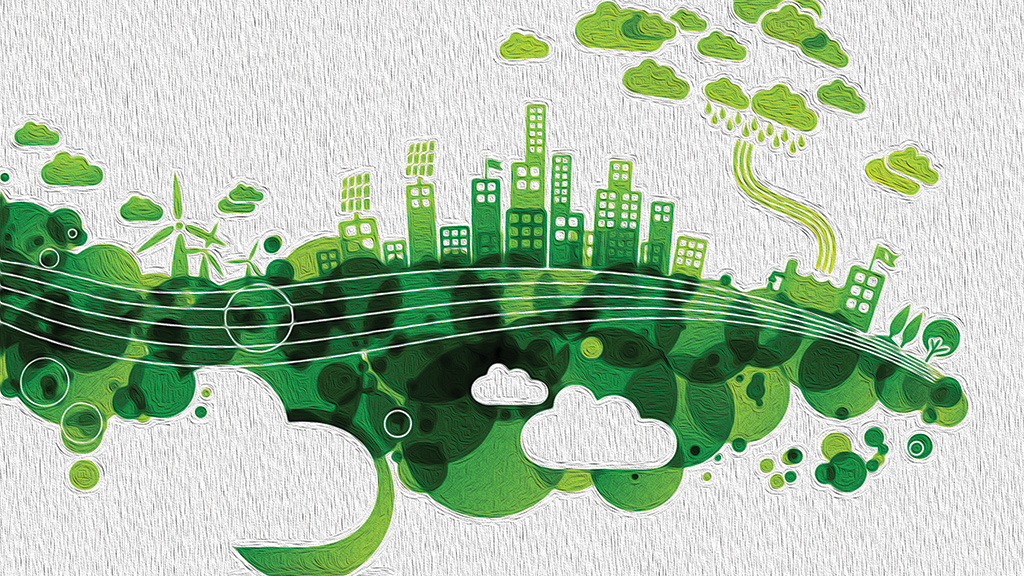
Text by B360 Correspondent
Nepal has a history of five and a half decades of official trading of automobiles. The history of India and South Korea is similar to ours. Over this period, many countries, including the aforementioned two, have transformed into manufacturing hubs for automobiles. Nepal is lagging behind mainly due to lack of specific policies.
Production of parts and automobiles is feasible in Nepal as many countries are interdependent and interconnected in preparing the finished product. “Nepal would have moved towards integrating products in the global value chain of automobiles industry if congenial policies were framed,” said Suraj Vaidya, Chairman of Vaidya Organisation of Industries and Trading Houses (VOITH). He recalls Indian nationals flocking to see imported cars while docking the Nepal bound consignment of imported cars at Kolkata port. India was a closed economy back then. After liberalisation, India moved towards production of globally recognised automobile brands.
The Government of Nepal has defined automobiles as luxury goods and treats it as high-revenue generating commodity. Automobile is the fourth largest import of Nepal and a major contributor to government revenue. Automobile traders have further asked the government to link the automobile sector with the productive sector.
Citing high taxes in double cab van in the fiscal budget, one automobile dealer said that the transport cost must be minimised to enhance competitiveness in goods and services.
In an attempt to promote “Made in Nepal” discourse, former Prime Minister Dr. Baburam Bhattarai had decided to use a Nepal made car. But despite Bhattarai’s priority towards domestic production, he was unable to frame any policy to uplift the country’s automobile sector.
However, some companies are in preparation of producing two wheelers in the country: Golchha Organisation, Jagadamba Motors, Syakar Trading to name a few.
Though Sipradi Trading, the authorised dealer of vehicles produced by TATA in India, had long announced the production of four wheelers in partnership with TATA Group of India, nothing has materialised till date.
Shambhu Prasad Dahal, then CEO of Sipradi Trading and the current President of NADA has said that the country should gradually move into vertical specialisation to make ground for the automobile industry in the country.
Not only automobiles, Nepal is dependent on imports of spare parts and tyres, tubes and lubricants despite having the potential to produce them in the country. The country imports tyres worth rupees eight billion every year. The country’s sole tyre producing industry- Gorakhkali Tyres was shut down five years ago. Similarly, market share of domestically produced lubricant is just 35%.
Import of automobiles and their spare parts in the first 11 months of fiscal 2018/19 witnessed Rs 84.42 billion. At the same time, the country has imported petroleum, lubricants and bitumen worth Rs 230 billion. Automobiles and fuel are the largest imports of Nepal.
The government believes that the surging import of fuel and import of luxury private vehicles are the major reason behind the huge current account deficit. Against this backdrop, the government then decided to promote electric vehicles, which is considered to reduce import of petroleum products, minimise emission and reduce use of petrol and diesel engine vehicles.
When it comes to electric vehicles (EVs) in South Asia, Nepal is considered a pioneer. The trolleybus service in the Kathmandu valley was the first electric bus in South Asia. “But we could not sustain it due to the lack of proper governmental policy. Also, the policies lacked consistency,” Vaidya said.
However, EVs are expensive. In the last fiscal 2018/19, a total of 259 EVs were imported compared to 30 in 2017/18. Share of EVs in total vehicles in the country stands at 1.4% which is near to UK and France at 1.7%.
“Though Nepal is a price sensitive market,” said Karan Chaudhary, Executive Director, CG MotoCorp, “EVs are expensive and there is lack of adequate infrastructure like charging stations and reliable supply of electricity.” We cannot imagine using EVs in remote parts of the country which is without electrification. There has been another debate on the Lithium ion battery in EVs as Lithium is considered a rare commodity.
Despite custom duty waiver, EV market share has not increased substantially in Nepal compared to the 39.2% market share of EVs in the highest EV user country like Norway. Also, in Nepal, the government has slapped high customs duty and taxes on spare parts of EVs though there is certain waiver on EV import. “EVs is a tricky game,” said Surhid Ghimire, President of Continental Trading Enterprises.
Import of passenger cars in Nepal is plummeting since Nepal Rastra Bank tightened its grip on loan facilities. If a person wants to purchase a private vehicle, s/he has to deposit 40% of the value as down payment. Similarly, there was a debate on the tightening of the trust receipt (TR) loans through Monetary Policy. “Thank God the government has not done it,” remarked Chaudhary. TR loan is issued to import vehicles against the collateral of the imported vehicle, the dealers will pay back the bank after selling the commodity. Since the government has faced alarming balance of payment deficit, tightening TR loan was brought into debate.
The central bank’s decision of slapping loan to value ratio on automobiles and difficulty in availing loans has hard-hit the automobile business, according to Chaudhary. “In Nepal 80 to 90% people purchase automobiles on loan,” he added, “Tightening of loans directly affects us.”
“Due to its terrain, we cannot imagine waterway or railway transport in Nepal. Only air connectivity and road connectivity are possible,” said Rohini Thapaliya, Executive Director of Padma Shree Group, “Air connectivity cannot be established just about anywhere in the mountains, that’s why we don’t have any alternative to road transport. The government should realise this bitter truth while formulating automobile policy especially in regard to commercial vehicles.”
As per NADA, a total of 18,619 vehicles were imported in fiscal 2017/18, however total imports of vehicles in fiscal 2018/19 was 18,565 units. Import of passenger cars has plummeted by 2% in the last fiscal compared to previous fiscal. Similarly, import of utility vehicles has plummeted by 100 units to 8,176 in the last fiscal. Chaudhary, who is the vehicle committee chair of NADA has said that if the situation of credit crunch continues and the banks do not ease credit in vehicle financing, de-growth of the automobile business could further deepen.
In the 14th series of the NADA Auto show slated for August 27 to September 1, automobile traders and entrepreneurs want to trigger the debate to take the automobile sector on a new discourse. As the country›s current account deficit is widening, the government can take precautionary measures anytime, which automobile traders term as ‘uncertainty’. “We cannot do business in uncertainty” said Ghimire of Continental Trading Enterprises, “The government must ensure that it will not make any move against the interest of the automobile sector because we are a major contributor to government revenue.”



-1761806697.jpg)
-1758006240.jpg)
-1752225714.jpg)